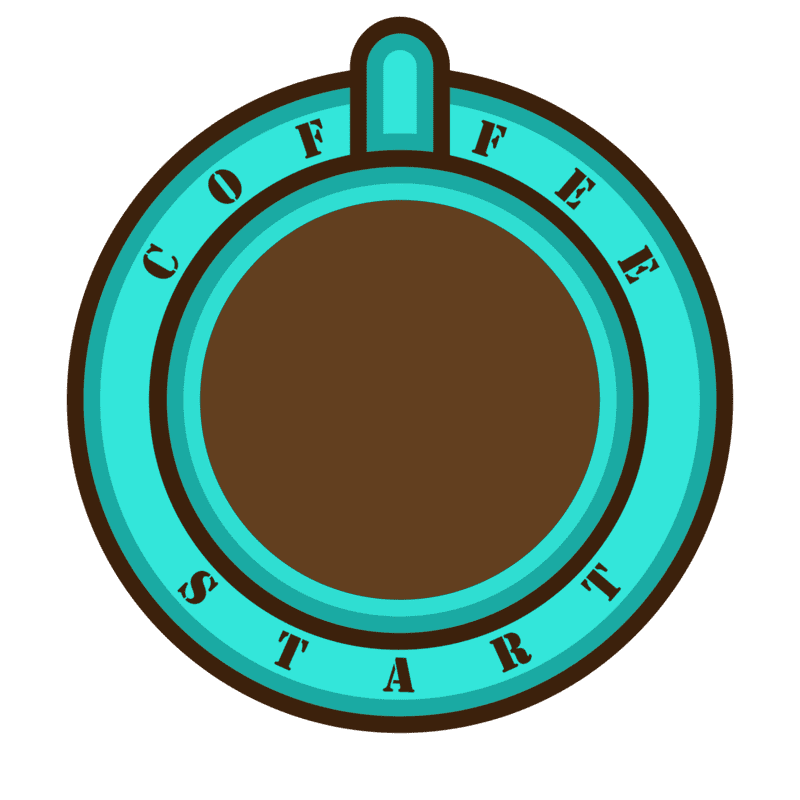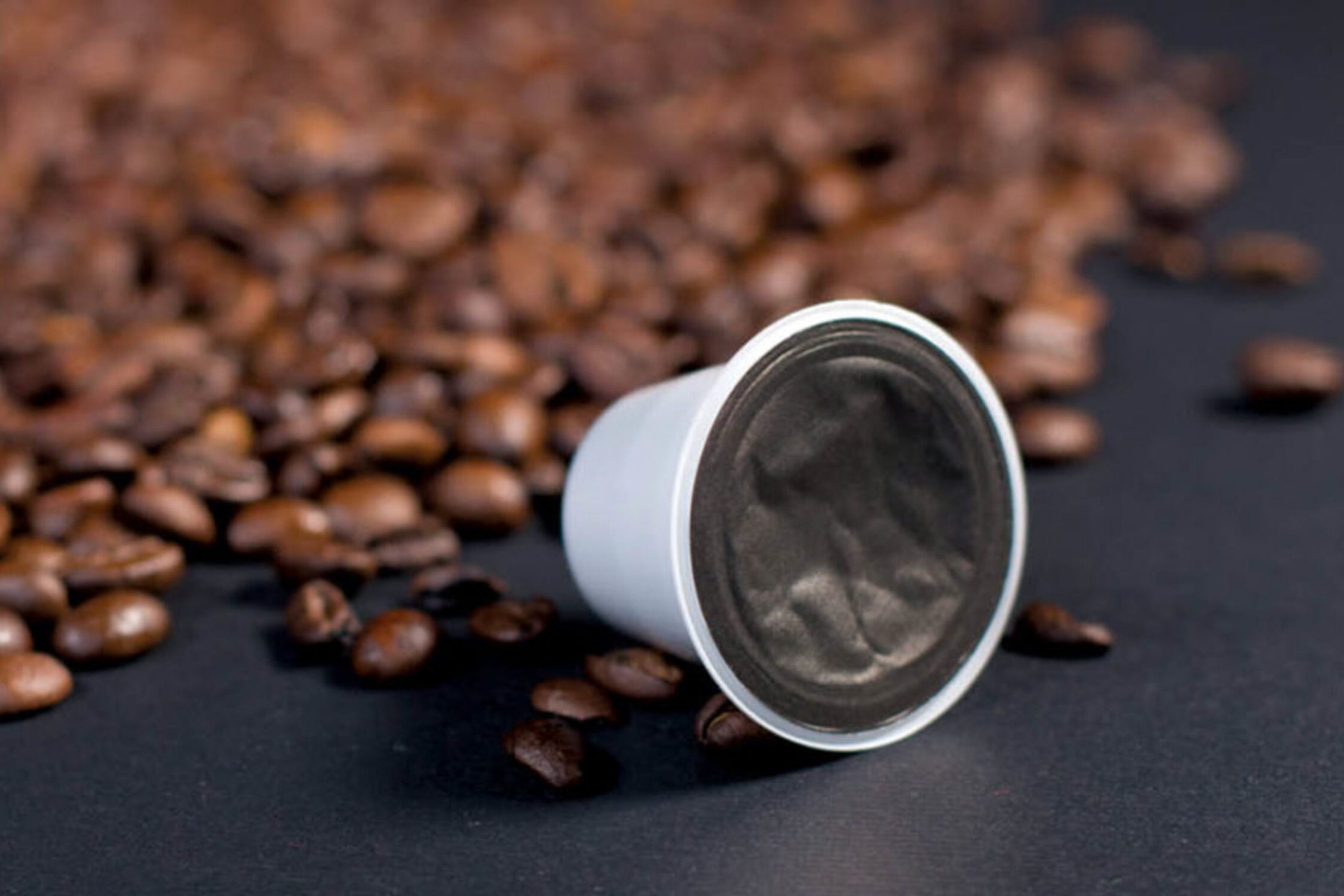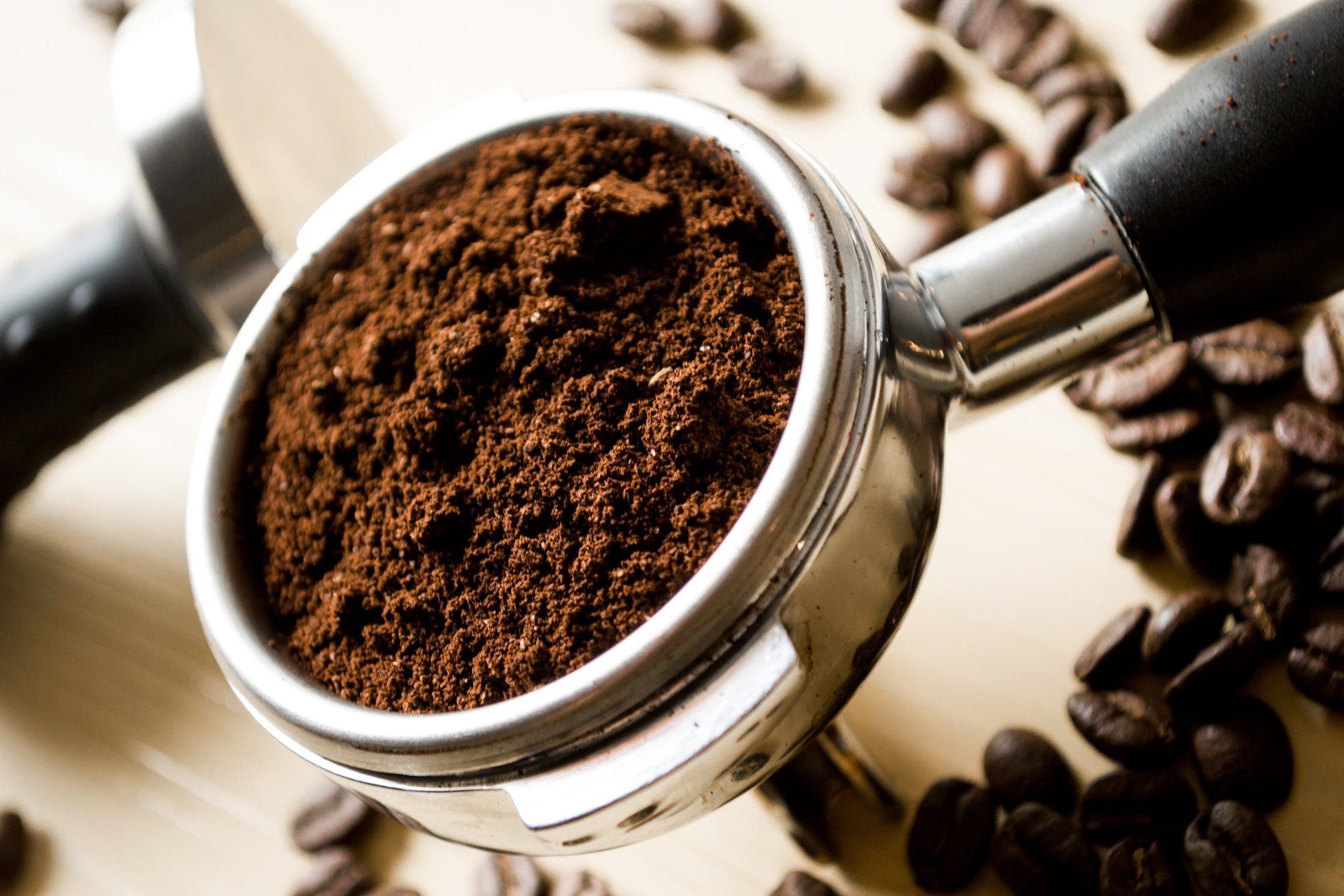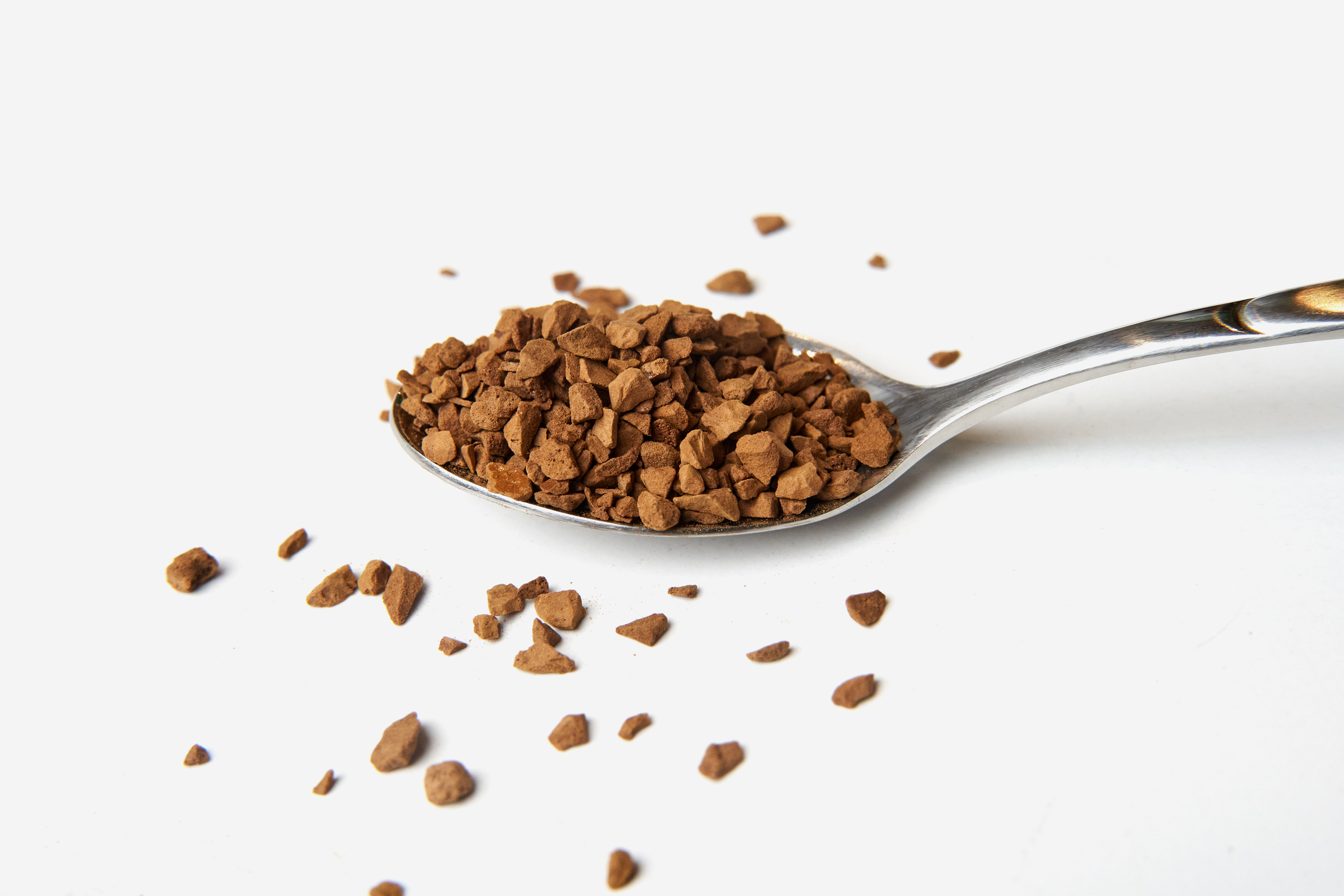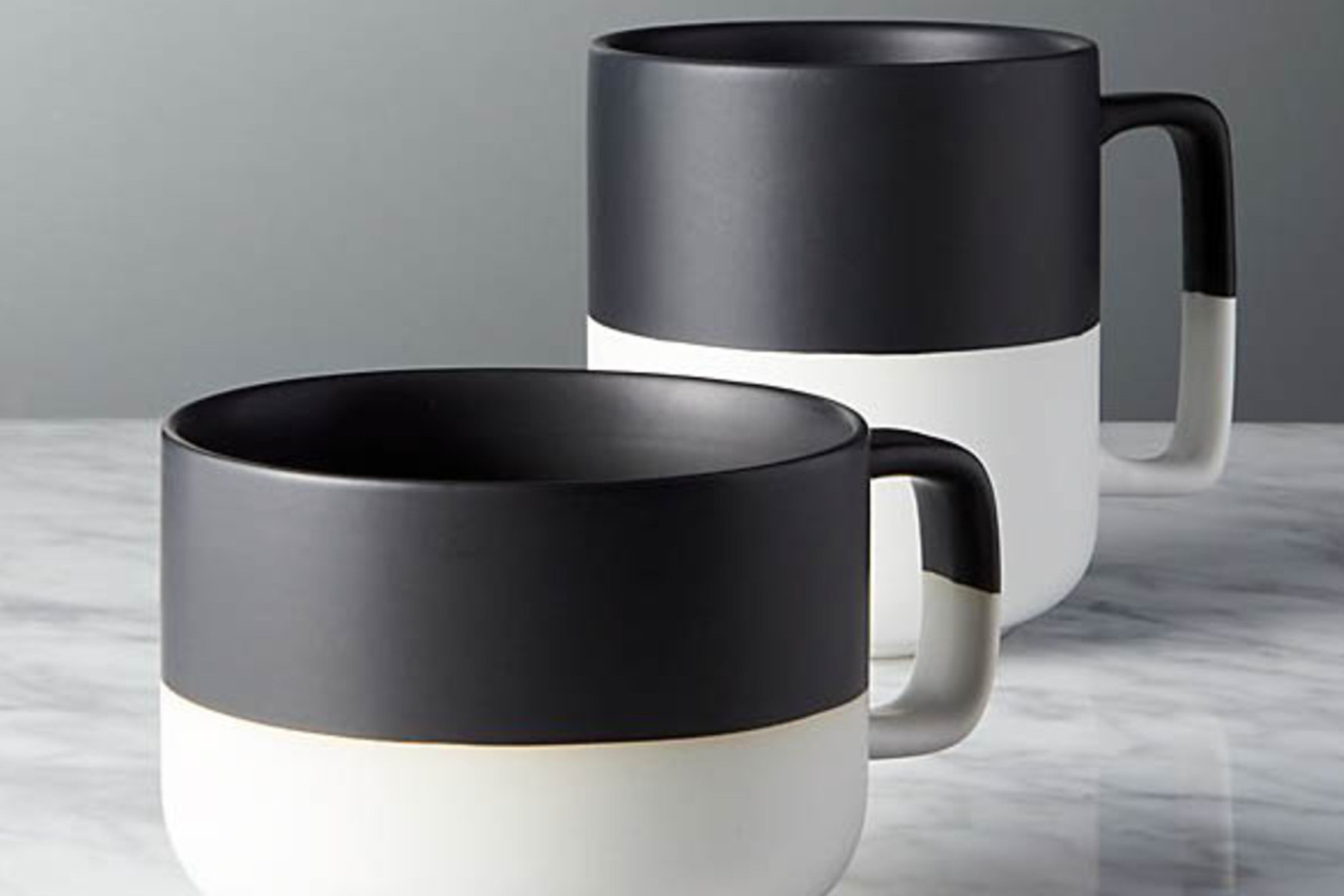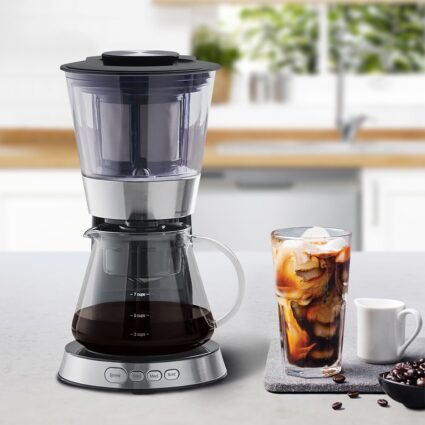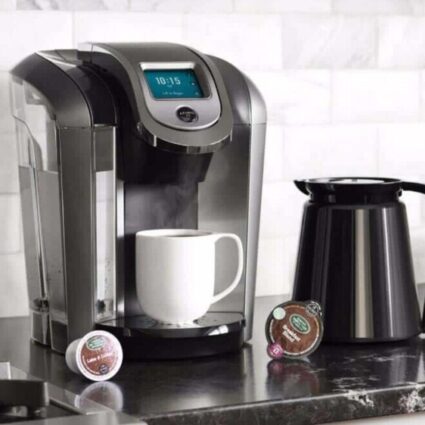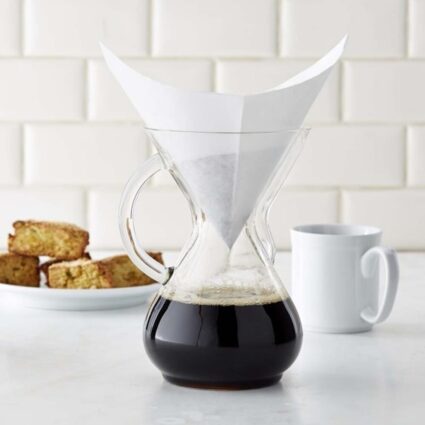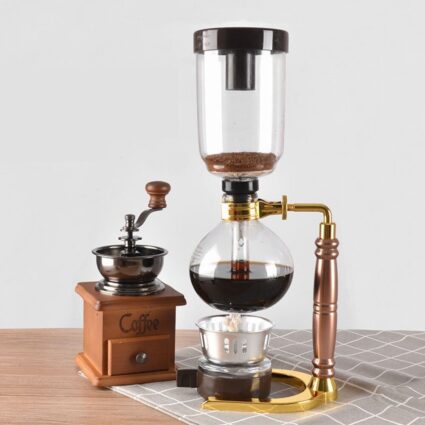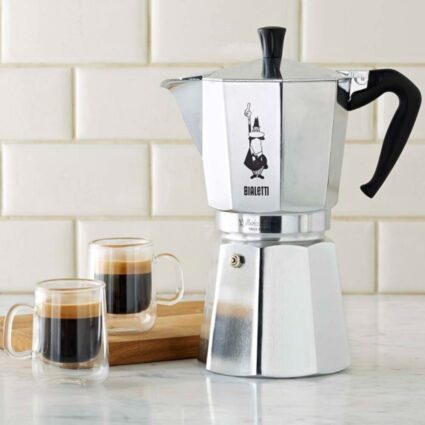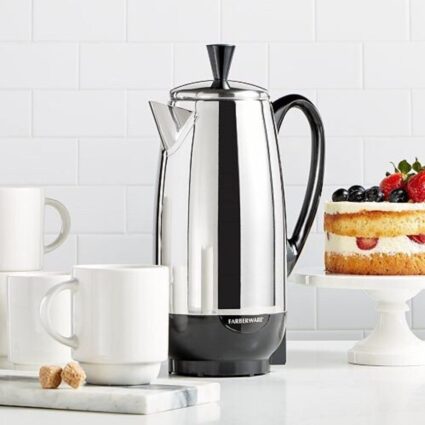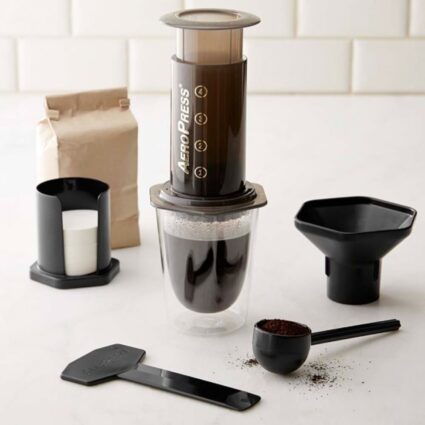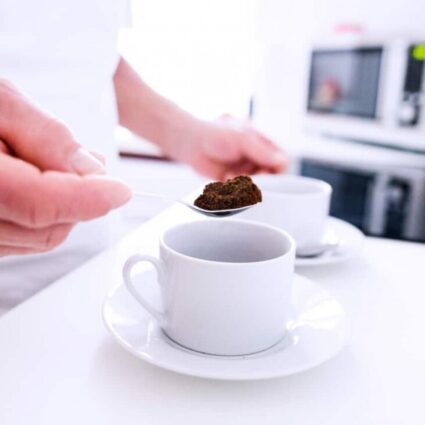Beginning in the 1900s, coffee gained widespread popularity in the United States of America along with the industrial revolution in the Country. Especially during the years of the First and Second World Wars, a large number of factories were opened in the United States, where work often began early in the morning and continued until late night, and sometimes factories worked 24 hours a day. The living conditions of a large number of emigrants were not enviable at all. They had to work with the utmost effort to ensure their existence. Overtired and sometimes half-starved, coffee became popular in the American workplace, replacing breakfast and lunch. The reason was that, firstly, coffee suppressed the appetite, breaking the feeling of hunger, secondly, it gave the necessary energy, and thirdly, coffee was more affordable than food, and of course, let’s not forget that coffee was faster than eating. As a result, coffee entered everyday life, becoming an integral part of it. However, it was not easy to provide large quantities of affordable coffee to the general public, and as a result, the coffee in circulation was of low quality, and the only expectation from it was to get an actual dose of caffeine. Decades later, this period of coffee distribution will be called First Wave Coffee or Conventional Coffee or Commodity Coffee. Currently, Work Coffee is an inseparable part of business daily life, and today’s coffee is incomparably tastier and of better quality.
Starting from the 1970s, especially with the emergence of the Starbucks Coffee Company, a new wave of widespread coffee distribution began, the so-called Second Wave Coffee or Specialty Coffee. Thanks to the efforts of a number of coffee enthusiasts, the American public began to discover and recognize varieties of coffee that were simply not available before. Society began to understand that apart from the effect of caffeine, coffee can also be enjoyed for its unique flavors and aroma, combining the pleasant with the useful. A number of Coffee Drinks began to appear, such as, for example, Caramel Frappuccino and Macchiatto, which are extremely popular with the public to this day. The Second Wave of Coffee is also characterized by the fact that, unlike the First Wave of Coffee, coffee companies in this period strive to provide consumers with as much information as possible about the origin of coffee, for example, the origin of coffee, the availability of relevant certificates or the taste nuances of a given coffee. Today, hundreds of thousands of coffee shops in different corners of the world surprise customers with their unique coffee drinks. Here is the Second Wave of Coffee.
Although coffee has become a common phenomenon for a long time, today the Third Wave Coffee or the so-called Special Blend Coffee (Craft Coffee) is spreading rapidly throughout the world. The main feature is that in this case, coffee lovers focus more on light and medium roasted coffee samples, discovering the whole spectrum of coffee flavors and aroma notes. It turns out that the tastiest coffee comes from freshly roasted and freshly ground coffee, which is made with manual coffee makers such as Pour-Over, Espresso or Oriental Coffee. Within the framework of the current trend, everyone can imagine themselves in the role of a barista and improve their coffee skills. It should be noted that when making coffee by hand, it turns out to be uniquely different every time, which gives the process specificity and interest.
And on which wave is your coffee interest… ?
